
The United States Geological Survey (USGS) today released maps showing potential ground shaking from induced and natural earthquakes, including forecasts for the DFW metropolitan area. The North Texas Earthquake Study at Southern Methodist University provided data, and SMU scientists co-authored peer-reviewed publications cited in the report. The new earthquake ground shaking forecasts are a reminder to the cities and residents in the region that the occurrence of earthquakes increases the earthquake hazard in the area, regardless of cause. Residents should be prepared to experience ground shaking, just as we are prepared to experience tornadoes, hail storms and other events.
FAQs
1. How did SMU research contribute to the USGS report?
SMU and partners currently operate a 30-station seismic network across North Texas, and stations are denser around the ongoing earthquake sequences (Azle-Reno, Irving-Dallas, and Venus-Johnson County). We focus on cataloging the ongoing seismicity over a wider range of magnitudes than the national USGS catalog documents, conducting detailed source studies to understand the physics of faulting, and identifying and mapping faults currently or potentially generating seismicity. We also study cause with the aim of potentially mitigating the increased seismicity rates experienced in North Texas since 2008. Finally, in order to provide improved local estimates of both the size of the earthquakes as well as their source characteristics, we are analyzing the locally recorded waveforms to produce empirical estimates of how ground shaking decays with range for each of the instrumented source regions. These empirical decay rates may provide data for refining the ground shaking forecasts.
The SMU research in its entirety helps inform appropriate parameter ranges for earthquake hazard mapping, and we therefore collaborate and cooperate with the USGS, as was done in preparation for the 2016 report being released Monday, and with city, state and federal agencies.
Peer-reviewed publications by SMU scientists and collaborators were used to classify most North Texas earthquakes as induced. These publications include those on the 2008-2009 DFW sequence (Frohlich et al., 2011), the 2009 Cleburne earthquakes (Justinic et al., 2012), and the 2013-2014 Azle-Reno earthquakes (Hornbach et al., 2015). Dr. Cliff Frohlich (UT-Austin) has published on induced earthquakes in Johnson County near the eventual 2015 Venus earthquake (Frohlich, 2012). Peer-reviewed publications regarding cause for the Irving-Dallas sequence had not been accepted for publication and the earthquakes were left classified as “undetermined cause” in the 2016 Induced Earthquake Hazard Mapping Project and treated as natural earthquakes in the probabilistic calculations for ground motion.
2. What can and should DFW Metroplex residents do with this information?
The new earthquake ground shaking forecasts are a reminder to the cities and residents in the region that the occurrence of earthquakes increases the earthquake hazard in the area, regardless of cause. Residents should be prepared to experience ground shaking, just as we are prepared to experience tornadoes, hail storms and other events. People should remember to Drop, Cover and Hold On during an earthquake and not to evacuate a building until after shaking has stopped. Brick façade damage is possible under low to mid-intensity shaking, and you are most likely to be injured by falling objects and broken windows than by building collapse at the levels of ground shaking outlined in the USGS report.
We encourage residents to explore online resources on preparedness, such as the resources made available through FEMA and the USGS. Following the seven steps to earthquake safety is always a good idea: http://earthquakecountry.org/sevensteps/.
3. Have you been recording earthquakes in the Dallas-Irving area or has that sequence stopped?
The Irving-Dallas earthquakes began in April 2014 with the largest events occurring in January 2015. Earthquake rates in the Dallas-Irving area have been highly variable. While the rate has decreased over the last few months, we have seen similar short-term decreases in the past, and therefore the rate change should not be over-interpreted.
4. What is the earthquake magnitude equivalent of the USGS ground shaking forecast?
Earthquake magnitude is not the same as ground shaking intensity. Hazard maps are used to forecast ground shaking intensities, regardless of the magnitude of the earthquake that creates the motion. Ground motion, and hence hazard, depends on the earthquake size, distance from the epicenter, local geology, etc. Online resources equating intensity to magnitude are “rule of thumb” and should not be interpreted as directly relating the ground shaking forecasts to earthquake magnitude in the DFW area. Risk calculations use the known properties of building and infrastructure to estimate the probability of damage based on the underlying hazard assessment from ground shaking intensities.
Magnitude tells you the overall size of the earthquake. A single earthquake has one magnitude.
Intensity tells you what the earthquake shaking was like at a particular location. A single earthquake produces a range of intensities that depend on the location. The USGS “Did you feel it?” for the 2015 Irving-Dallas M3.6 illustrates this point. The Modified Mercalli Scale is described further here: http://earthquake.usgs.gov/learn/topics/mercalli.php. — Kim Cobb
Follow SMUResearch.com on twitter at @smuresearch.
SMU is a nationally ranked private university in Dallas founded 100 years ago. Today, SMU enrolls nearly 11,000 students who benefit from the academic opportunities and international reach of seven degree-granting schools. For more information see www.smu.edu.
SMU has an uplink facility located on campus for live TV, radio, or online interviews. To speak with an SMU expert or book an SMU guest in the studio, call SMU News & Communications at 214-768-7650.

 NASA data leads to rare discovery: Earth’s moon wandered off axis billions of years ago
NASA data leads to rare discovery: Earth’s moon wandered off axis billions of years ago Good news! You’re likely burning more calories than you thought
Good news! You’re likely burning more calories than you thought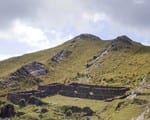 New look at Pizarro’s conquest of Inca reveals foot soldiers were awed by empire’s grandeur
New look at Pizarro’s conquest of Inca reveals foot soldiers were awed by empire’s grandeur


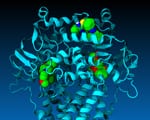 Researchers discover new drug-like compounds that may improve odds for men battling prostate cancer
Researchers discover new drug-like compounds that may improve odds for men battling prostate cancer Fermilab experiment observes change in neutrinos from one type to another over 500 miles
Fermilab experiment observes change in neutrinos from one type to another over 500 miles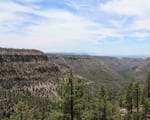 Long-term daily contact with Spanish missions triggered collapse of Native American populations in New Mexico
Long-term daily contact with Spanish missions triggered collapse of Native American populations in New Mexico SMU 2015 research efforts broadly noted in a variety of ways for world-changing impact
SMU 2015 research efforts broadly noted in a variety of ways for world-changing impact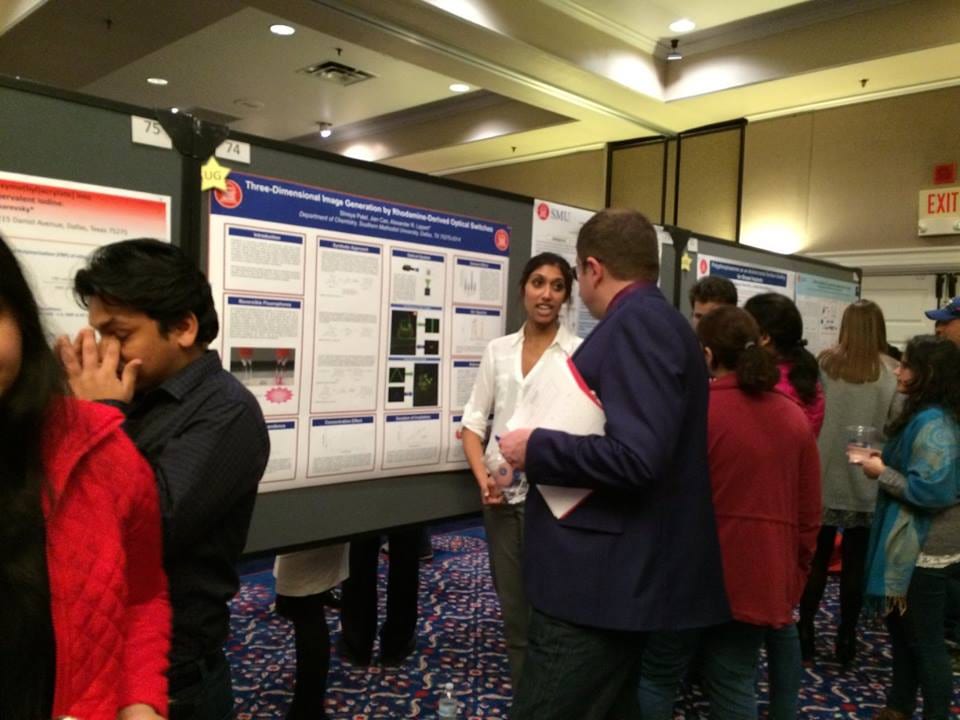
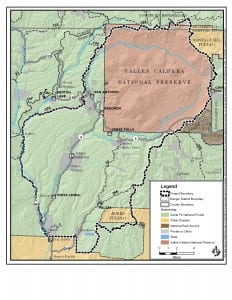
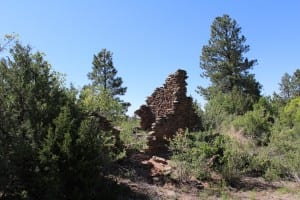
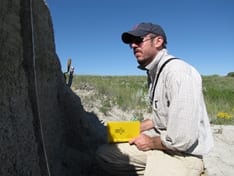 To book a live or taped interview with Christopher I. Roos in the SMU
To book a live or taped interview with Christopher I. Roos in the SMU 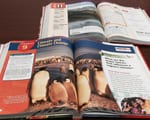 California 6th grade science books: Climate change a matter of opinion not scientific fact
California 6th grade science books: Climate change a matter of opinion not scientific fact Reading ability soars if young struggling readers get school’s intensive help immediately
Reading ability soars if young struggling readers get school’s intensive help immediately $2 million NIH grant to help team from SMU and U-Maryland develop pediatric asthma monitor
$2 million NIH grant to help team from SMU and U-Maryland develop pediatric asthma monitor Top Quark: New precise particle measurement improves subatomic tool for probing mysteries of universe
Top Quark: New precise particle measurement improves subatomic tool for probing mysteries of universe